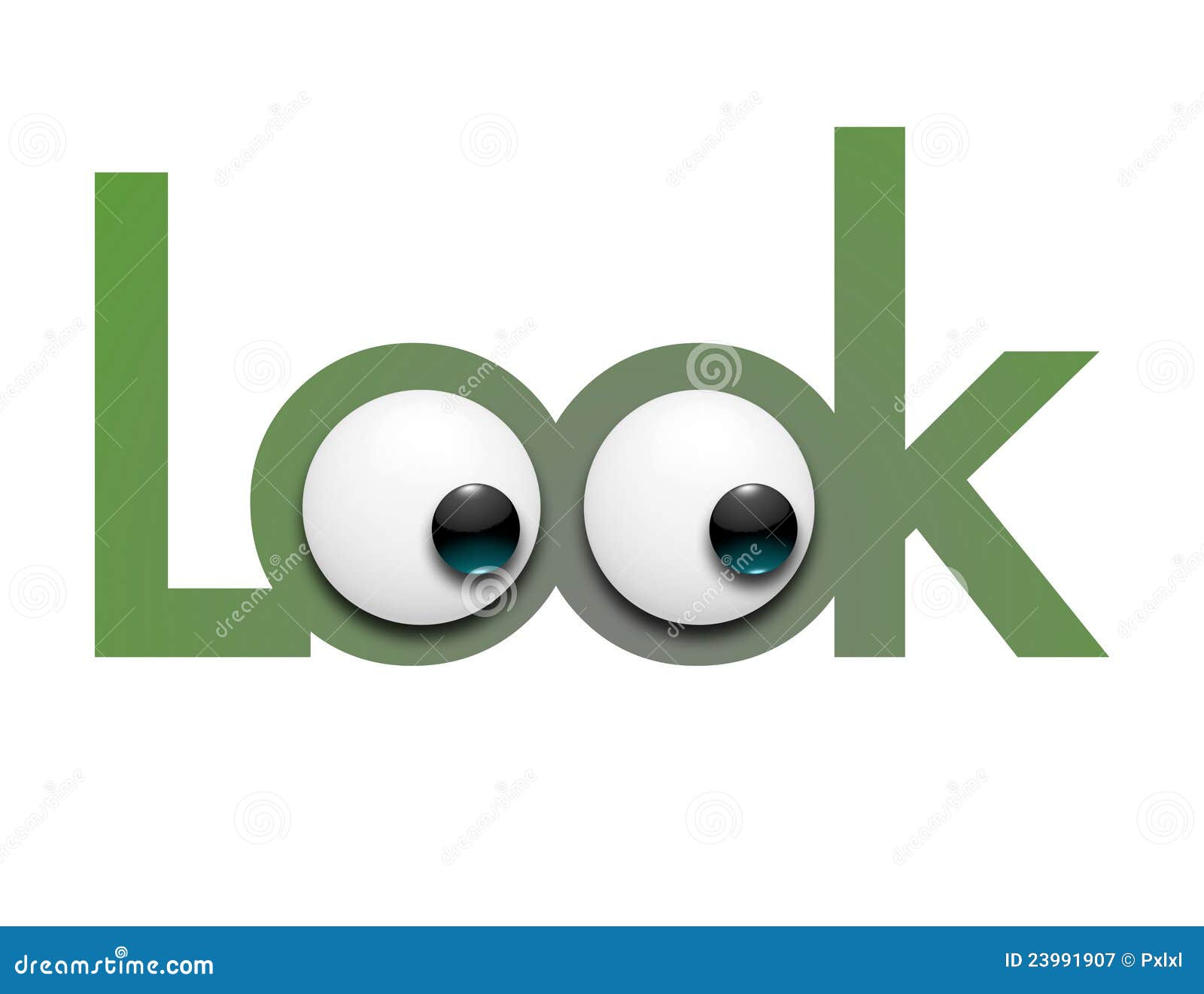In “A Look at Me”, Jennifer Egan delves into the intricate labyrinth of identity, presenting themes that resonate profoundly with contemporary audiences. This engaging narrative intertwines the complexities of self-presentation, societal pressures, and the inescapable tread of technology on our lives. Here, we explore the multifaceted themes that not only illustrate the human condition but also speak to a generation grappling with the nuances of personal and collective identity.
Identity and Self-Presentation
One of the pivotal themes in Egan’s work is the exploration of identity and self-presentation. Through her vividly drawn characters, Egan illustrates how individuals construct their identities—often deliberately and curated for public consumption. In a world saturated with social media, the quest for authenticity becomes increasingly complex. The protagonist grapples with the notion of who she is versus how she is perceived by others. This theme resonates with younger audiences, as many navigate their identities through digital personas, often blurring the lines between reality and performance.
A striking aspect of this theme is the juxtaposition between inner self and outer presentation. Egan adeptly navigates this duality, showing how the societal expectations can lead to an existential crisis. What does it mean to be authentic in an age of filters and curated lives? This question evokes critical introspection, urging readers to reflect on their own modes of self-presentation and the influences that shape them.
The Impact of Technology
Another compelling theme in “A Look at Me” is the pervasive impact of technology on human relationships and identity formation. Egan cleverly critiques the ways in which technology alters communication, often leading to a disconnection even amid constant connectivity. The characters experience a paradoxical existence—engaged yet isolated, present yet absent. This theme speaks directly to a younger demographic, raised in an era of smartphones and social media, highlighting the often detrimental effects of digital interaction.
The author poignantly addresses the notion of surveillance and the omnipresence of online scrutiny. As individuals, we are perpetually watched and judged, leading to a heightened awareness of our actions and appearances. Egan’s narrative leads us to question whether our digital footprints hinder authentic self-expression or if they serve as new avenues for exploration and self-definition.
Societal Expectations and the Culture of Comparison
In “A Look at Me”, Egan effectively dissects the societal expectations that shape individuals’ lives. Characters are continually striving to meet external standards, often leading to a sense of inadequacy and anxiety. This perpetual comparison, amplified by social media, breeds discontent—a sentiment all too familiar for a generation that often feels under pressure to perform and succeed within a highly visible public sphere.
The novel invites readers to consider the implications of these societal constructs. What does it mean to be “successful” in life? Egan reframes success, showing that fulfillment and happiness often lie within personal contentment rather than external validation. This perspective is refreshing in a world that often measures worth through likes and followers. Encouraging young readers to prioritize intrinsic values over societal accolades is a powerful takeaway.
The Complexity of Relationships
Relationships are another cornerstone of Egan’s narrative, illustrating how interconnectedness can foster both intimacy and alienation. The characters navigate a range of relationships—from romantic entanglements to friendships, and even familial connections. The complexity of these interactions exposes the fragility of human bonds in an era dominated by superficial communication.
Egan explores the nuances within these relationships, drawing attention to how technology can both enhance and adversely impact them. The authenticity of connections is often questioned, leaving characters grappling with feelings of loneliness, despite being surrounded by people. This concept resonates deeply among younger audiences, who frequently oscillate between seeking connection and experiencing isolation in digital spaces.
Exploration of Memory and the Past
A salient theme in “A Look at Me” is the exploration of memory and its influence on identity. Egan delves into how memories shape not only individual identity but also collective experiences. Characters reflect on their pasts, wrestling with how memories—their accuracy and interpretation—inform their present selves. The reliability of memory becomes a focal point, inviting readers to ponder how our recollections mold our perceptions and choices.
The intersection of memory and identity is particularly engaging for younger audiences, who are often in transition periods—examining their pasts while defining their futures. Egan’s narrative compels readers to consider their own memories critically, recognizing that the past is never a fixed entity but a fluid construct shaped by time and perspective.
Conclusion
In “A Look at Me”, Jennifer Egan crafts a rich tapestry of themes that resonate with readers, particularly younger audiences grappling with identity in a modern age. The narrative invites exploration of self-presentation, the impact of technology, societal expectations, relationship complexities, and the nature of memory. Egan’s insights foster critical reflection, challenging readers to navigate the complexities of contemporary life with awareness and authenticity. As we engage with these profound themes, we are encouraged to embrace our individuality in a world that often seeks to homogenize it.

